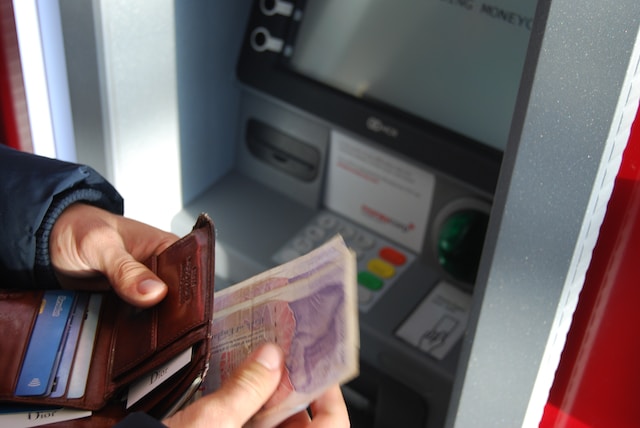Overdrafts can be a useful financial tool, but they can also lead to costly fees and financial stress if not managed properly. In this comprehensive blog post, we will explore what an overdraft is, how it works, its potential benefits, and the risks associated with it. By understanding the ins and outs of overdrafts, you can make informed decisions regarding your financial well-being and avoid unnecessary financial burdens.
Defining Overdraft
An overdraft occurs when you spend more money than what is available in your bank account, resulting in a negative balance. It allows you to make transactions, such as withdrawing cash or making purchases, even when there are insufficient funds in your account. Essentially, an overdraft acts as a short-term loan from your bank to cover the shortfall.
How Overdrafts Work
When you initiate a transaction that exceeds your available account balance, your bank may choose to honor the transaction and create an overdraft. The bank covers the shortfall and allows the transaction to proceed, but you become responsible for repaying the overdraft amount, often with added fees and interest charges.
Overdraft Fees and Charges
Banks typically charge fees for providing overdraft services. These fees can vary depending on the financial institution and the type of overdraft program. Common fee structures include flat fees per transaction or daily charges based on the number of days the account remains in overdraft. It is essential to be aware of the fees associated with overdrafts and factor them into your financial decisions.
Types of Overdrafts
There are generally two types of overdrafts: authorized and unauthorized. Authorized overdrafts occur when you have an agreement with your bank, either through a formal overdraft line of credit or an informal arrangement, allowing you to overdraft your account up to a certain limit. Unauthorized overdrafts occur when you exceed your available balance without prior authorization, resulting in potentially higher fees and consequences.
Benefits of Overdrafts
Overdrafts can offer certain benefits when used responsibly. They provide a convenient option for managing temporary cash flow challenges or unexpected expenses. Overdrafts can help you avoid bounced checks, declined transactions, and potential embarrassment. Additionally, overdrafts may be less expensive than other short-term borrowing options, such as payday loans or high-interest credit cards.
Risks and Considerations
While overdrafts can be helpful, they come with inherent risks and considerations. It is crucial to understand that overdrafts are a form of debt that requires repayment. Excessive reliance on overdrafts can lead to a cycle of debt, with accumulated fees and interest charges. It’s important to monitor your account balance regularly, manage your spending, and explore alternative financial tools or budgeting strategies to avoid excessive reliance on overdrafts.
Overdraft Protection
Some banks offer overdraft protection services that link your checking account to another account, such as a savings account or credit card. When a transaction exceeds your available balance, funds are automatically transferred from the linked account to cover the shortfall. While overdraft protection can provide a safety net, it’s essential to understand the associated costs, terms, and potential impact on your financial situation.
Managing Overdrafts and Avoiding Fees
To effectively manage overdrafts and minimize associated fees, consider implementing the following strategies:
- Regularly monitor your account balance and transaction activity.
- Create a budget and track your expenses to avoid overspending.
- Set up alerts or notifications from your bank to stay informed about low balances or potential overdrafts.
- Explore alternative financial tools, such as a line of credit or emergency fund, to cover unexpected expenses.
- Communicate with your bank to understand their policies, negotiate fees, or discuss options for resolving overdrafts.
The Bottom Line
Overdrafts can provide a convenient short-term solution for managing financial gaps, but it’s crucial to approach them with caution and understanding. By knowing how overdrafts work, being aware of associated fees and risks, and implementing proactive strategies to manage your finances, you can make informed decisions that align with your financial goals. Use overdrafts responsibly and consider alternative options to maintain financial stability and minimize unnecessary costs.
Are you ready to level up your financial game? At Grid, our single, powerful mission is to help Americans reach their financial goals. Whether you’re determined to boost your credit score, unlock the benefits of a cash-back credit card, or secure a personal loan, our simple and intuitive app is your ultimate ally. Download the app today and embrace financial empowerment!

